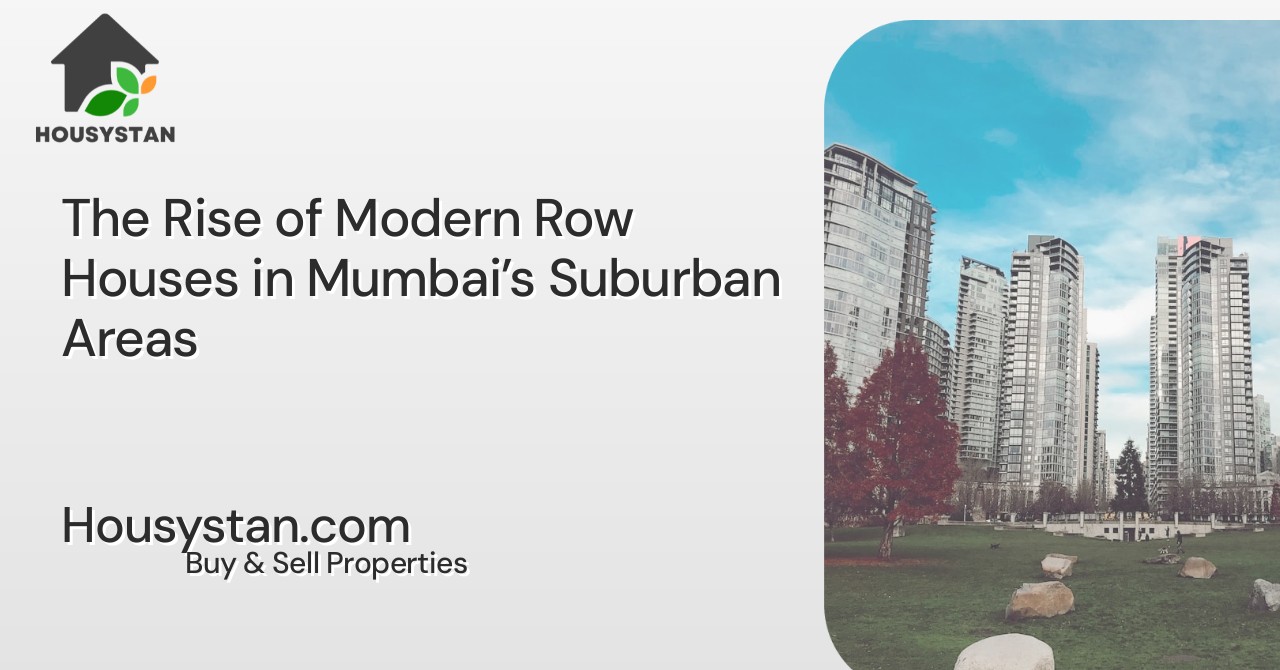The Rise of Modern Row Houses in Mumbai’s Suburban Areas
Read latest blogs and articles from Housystan

The Information mentioned here was last updated on:
21/12/2025The rise of modern row houses in Mumbai’s suburban areas has transformed the city’s real estate landscape, offering a unique blend of contemporary living and community-oriented lifestyles. As Mumbai continues to expand, urban dwellers are increasingly seeking alternatives to traditional apartments and high-rise towers. Row houses, with their individual entrances, private gardens, and spacious layouts, are becoming the preferred choice for many homebuyers, especially families looking for comfort, privacy, and long-term value.
Mumbai’s suburbs, including Thane, Borivali, Goregaon, and Navi Mumbai, have emerged as hotspots for row house developments. These neighborhoods offer a serene environment away from the city’s congestion while still providing excellent connectivity to business districts and essential amenities. Developers are focusing on innovative designs, incorporating eco-friendly features, and ensuring these homes meet the expectations of today’s discerning buyers.
Modern row houses in Mumbai’s suburban locations are characterized by their contemporary architecture, energy-efficient construction, and smart layouts. Natural light, cross-ventilation, and open spaces are prioritized, providing residents with a harmonious blend of indoor and outdoor living. Many projects include facilities such as landscaped gardens, dedicated parking, children’s play areas, and advanced security systems, ensuring a safe and enjoyable environment for all age groups.
- Verified Tenants/Buyers
- Unlimited Property Listing
- Zero subscription/charges fee
Another significant advantage of row houses in these areas is the sense of community they foster. Unlike isolated apartment units, row houses promote neighborly interactions, shared recreational facilities, and a secure, gated atmosphere. This combination of community living and personal space appeals to both young professionals and growing families.
As infrastructure in Mumbai’s suburbs continues to improve, with enhanced road networks, public transport options, and proximity to educational institutions, healthcare centers, and shopping hubs, the demand for modern row houses is expected to surge further. Investing in a row house in Mumbai’s suburban regions not only ensures a high quality of life but also promises strong future appreciation, making it a wise choice for both end-users and investors.